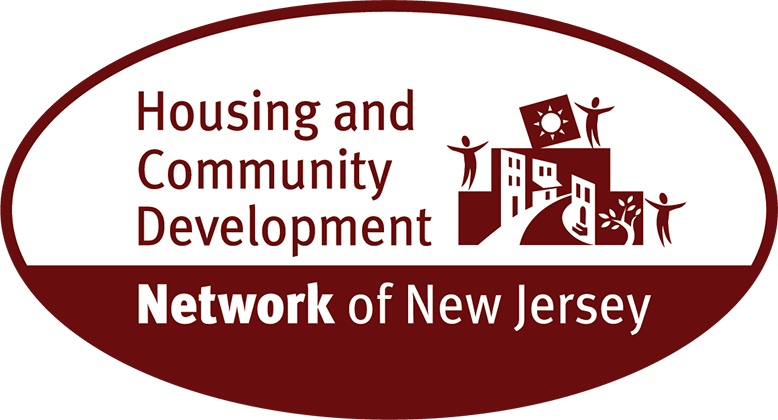| With $6.4B in COVID Aid Coming, Here Come the Spending Ideas |
|
Aired March 10, 2021 TRENTON — State lawmakers began their formal review of Gov. Phil Murphy’s proposed budget Wednesday, holding the first of four public hearings to solicit testimony from residents and, more typically, interest groups. Assembly Budget Committee chairwoman Eliana Pintor Marin, D-Essex, said these are unprecedented times due to the devastating coronavirus pandemic and resulting health and economic suffering. “Gov. Murphy has proposed his $44.8 billion budget that addresses some of these issues and problems that we are facing,” Pintor Marin said. “However, the proposed budget won’t look the same once it gets through the Legislature.” That’s typical, every year. But Wednesday’s hearing also gave the first sign this year will be different and potentially less contentious: Just 34 people testified, which was only about half the number from the initial budget hearings each of the last two years. In part, that is because the budget is awash with borrowed money – around $4.3 billion last fall – and federal funds, with $6.434 billion on its way to New Jersey under the COVID relief package being signed into law Friday by President Joe Biden. Dena Mottola Jaborska, associate director of New Jersey Citizen Action, said with so much money available, recovery funds should be directed to working immigrants not legally in the country who have not been eligible for federal stimulus funds or unemployment benefits. “It would be tone deaf and quite frankly callous not to do so,” Mottola Jaborska said. “These families are literally living a humanitarian crisis that demands our attention and a solution.” The New Jersey Chamber of Commerce wants the state to put $500 million toward grants and loans for businesses. Christopher Emigholz, vice president of government affairs for the New Jersey Business and Industry Association, said the funds must be spread over a couple of years – especially since the state is planning to spend more than half its surplus to raise spending 11% in the coming year, with spending $3.9 billion higher than recurring revenues. “This is boding for possibly a massive tax increase in the future,” Emigholz said. At his regular coronavirus briefing, Murphy said a comprehensive answer on the spending of the new federal resources will follow later but that he said “from the get-go, looking at opportunities to reduce our debt has got to be on the list of considerations.” “I was looking at the sort of the list of the needs, we have, vaccination support, and all the monies that go with that,” he said. “Keeping frontline workers employed and delivering services. Unemployment insurance benefits. The expansion of Medicaid that we've seen over the past year, rental assistance, landlord assistance. “All of the utilities payments that are in arrearages – I think now the estimate is $700 million. A devastating reality for small businesses, restaurants, bars. More help for childcare. I could go on,” Murphy said. “There's lots of areas where we could put those resources to good use. But we do owe folks a more comprehensive answer to that and with time, we will do that. Many of the topics addressed by witnesses at the hearing were staples of these events, such as reimbursements for social services agencies, funding for University Hospital in Newark and diversions of funds intended for clean-energy programs. Staci Berger, president and chief executive officer of the Housing and Community Development Network of New Jersey, spoke in opposition to a different fund diversion, shifting $42 million from the Affordable Housing Trust Fund, nearly half of it to a program primarily benefiting middle-income residents. “New Jersey had closed the page on nearly a decade of treating the Affordable Housing Trust Fund like a slush fund. We encourage you to not write a sequel to that horror story now,” Berger said. The budget puts $20 million toward a Down Payment Assistance Program providing $10,000 to help cover a down payment and closing costs for people with incomes as much as 40% above an area’s median to help them buy a home. School funding was also a frequent topic, raised by representatives from Monroe, Paterson and Toms River. Murphy’s proposed budget increases spending through the school funding formula by $578 million, making up most of the proposed $624 million increase in total aid to schools. Overall, the proposed education spending – including things like the teachers’ pension contribution – rises $1.74 billion. However, one-third of districts would lose state aid as part of a gradual transition back to the school funding formula. Toms River Regional school board member Alexander Mizenko said that amounted to $5 million this year and $8 million next year, even though his district is under adequacy. “We are mandated to provide a thorough and efficient education or adequacy by the state of New Jersey,” Mizenko said. “Our funding situation has made that close to impossible for the last several years.” The budget includes $50 million for stabilization aid to districts that are losing funds. Michael Symons is State House bureau chief for New Jersey 101.5. Contact him at [email protected].
|














